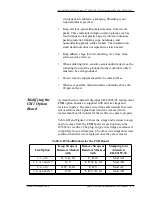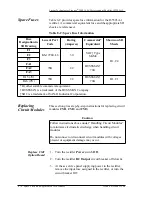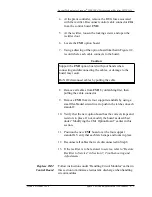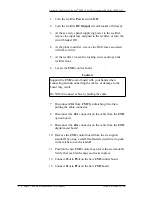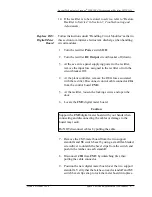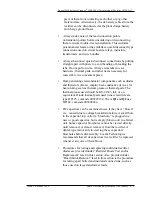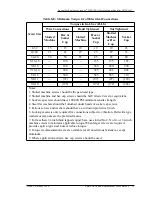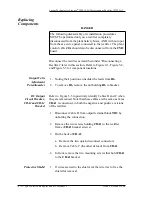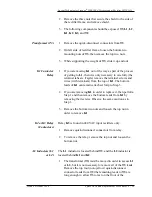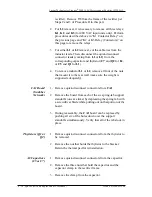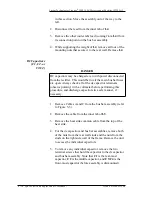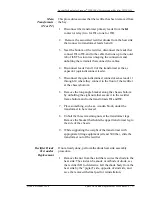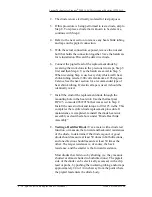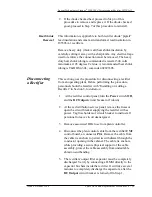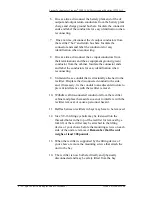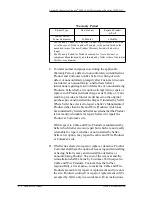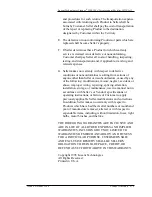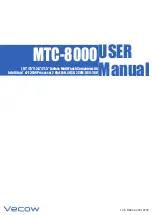
Lucent Technologies Lineage
®
2000 100A Ferroresonant Rectifier J85503A-1
Issue 6 October 1998
Spare Parts and Replacement Procedures 8 - 17
Main
Transformers
(T1 or T2)
This procedure assumes that the rectifier has been removed from
the bay.
1. Disconnect the transformer primary leads from the K1
contactor relay (two for T1 or one for T2).
2. Remove the associated rectifier diodes from the heat sink
that connect to transformer leads 6 and 8.
3. Near the bottom of the rectifier, disconnect the leads that
connect T1 to T2, and to the cable that runs up to the outer
tab of L3. This involves untaping the connectors and
unbolting the terminals that connect the cables.
4. Disconnect leads 9 and 10 of the transformer at the ac
capacitor (quick-disconnect leads).
5. Disconnect the quick-disconnect connector sense leads 11
through 14 where they connect in the front of the rectifier
at the chassis bottom.
6. Remove the long angle bracket along the chassis bottom
by unbolting the eight nuts that secure it to the rectifier
frame bottom and to the transformers T1 and T2.
7. Place something, such as a wooden block, under the
transformer to be removed.
8. Unbolt the three remaining nuts at the transformer legs.
Remove the bracket that holds the upper transformer leg to
the side of the chassis.
9. While supporting the weight of the transformer with
appropriate lifting equipment (at least 500 lbs.), slide the
transformer out of the rectifier.
Rectifier Diode
Test and/or
Replacement
If not already done, perform the diode heat sink assembly
procedure.
1. Remove the nut from the stud that secures the diode to the
heat sink. The stud can be anode or cathode of diode, see
the rectifier SD to determine. Lift the diode body from the
heat sink by the “pigtail” side, opposite of stud side, and
save the removed thermal pad for reinstallation.

